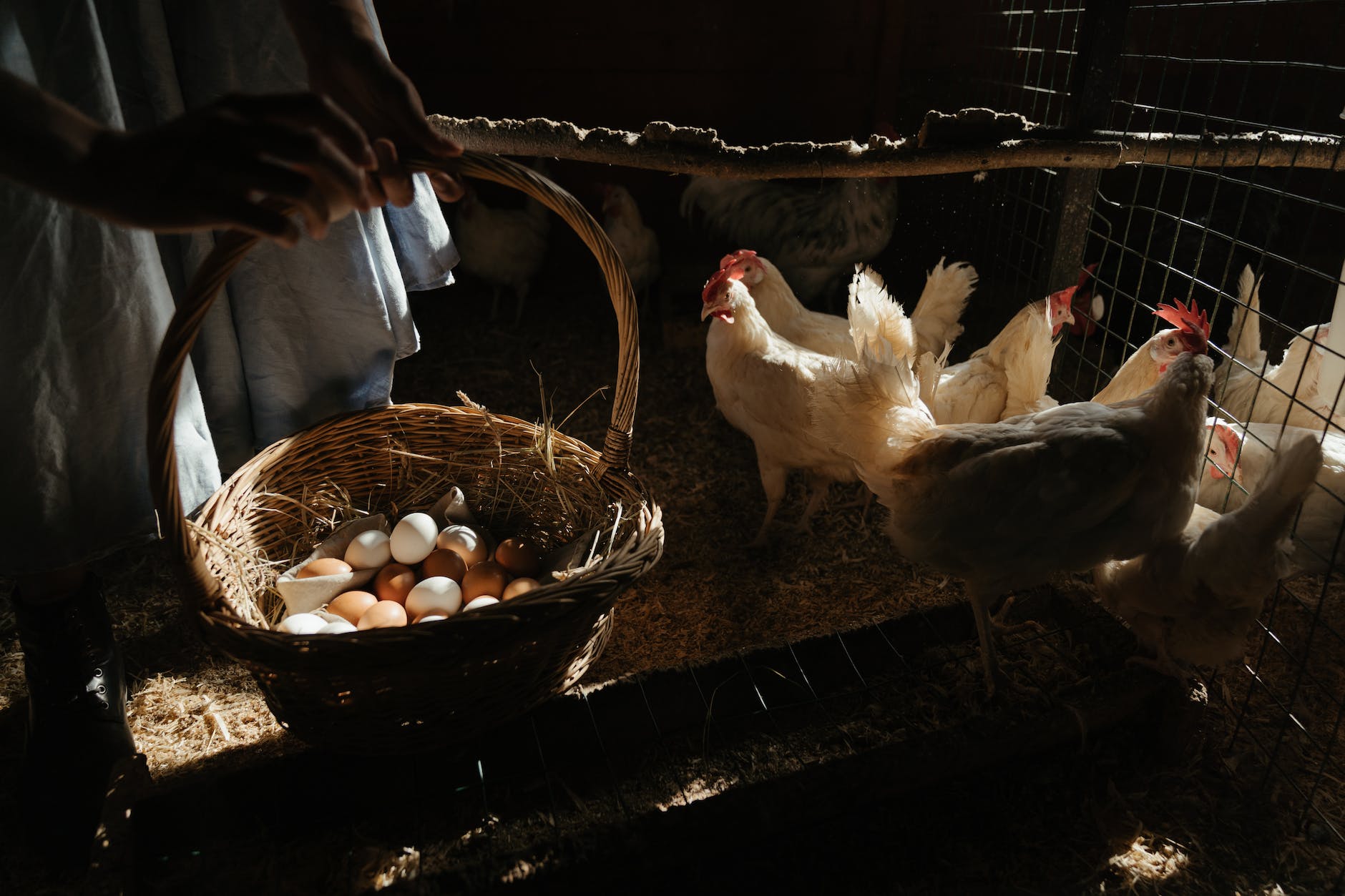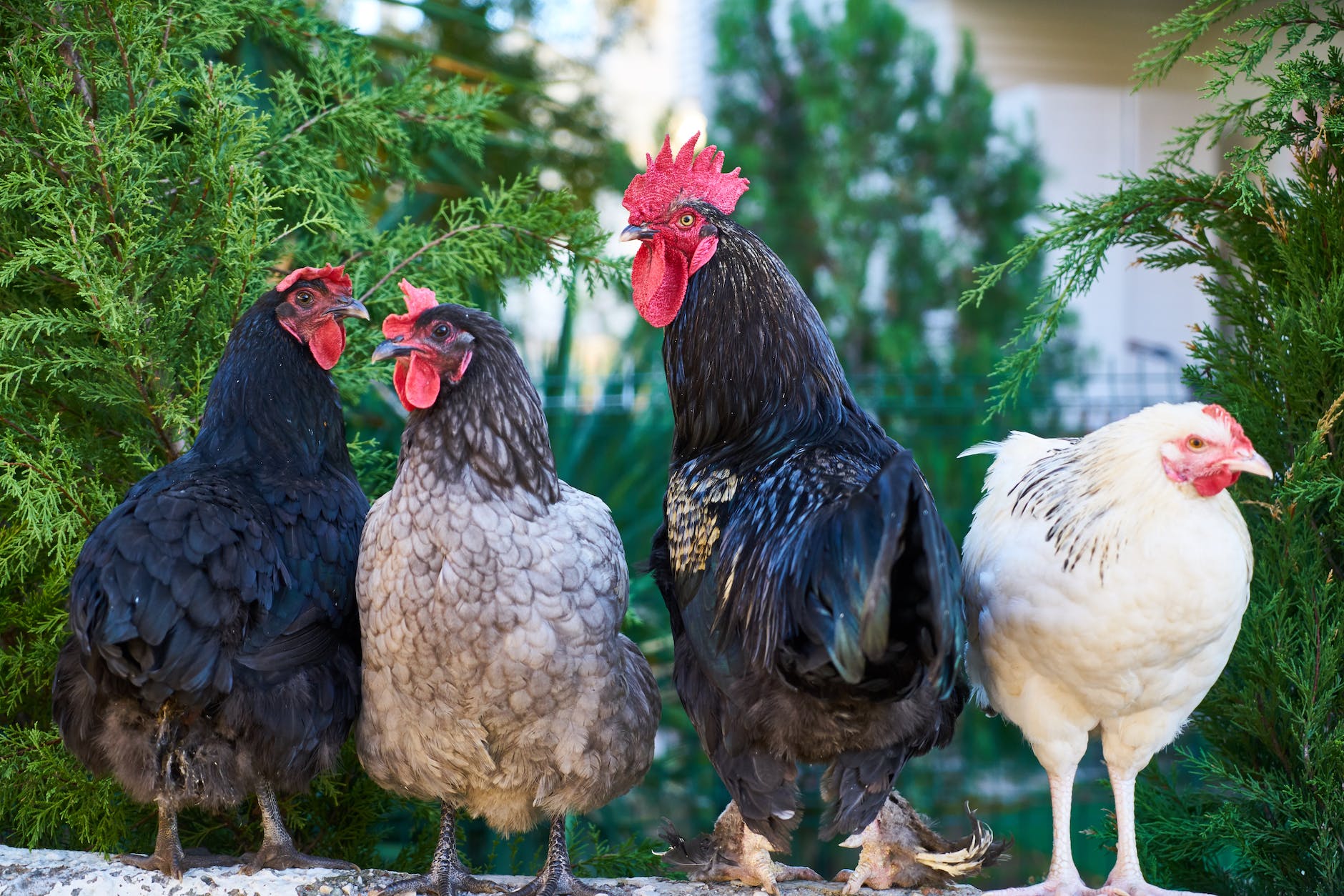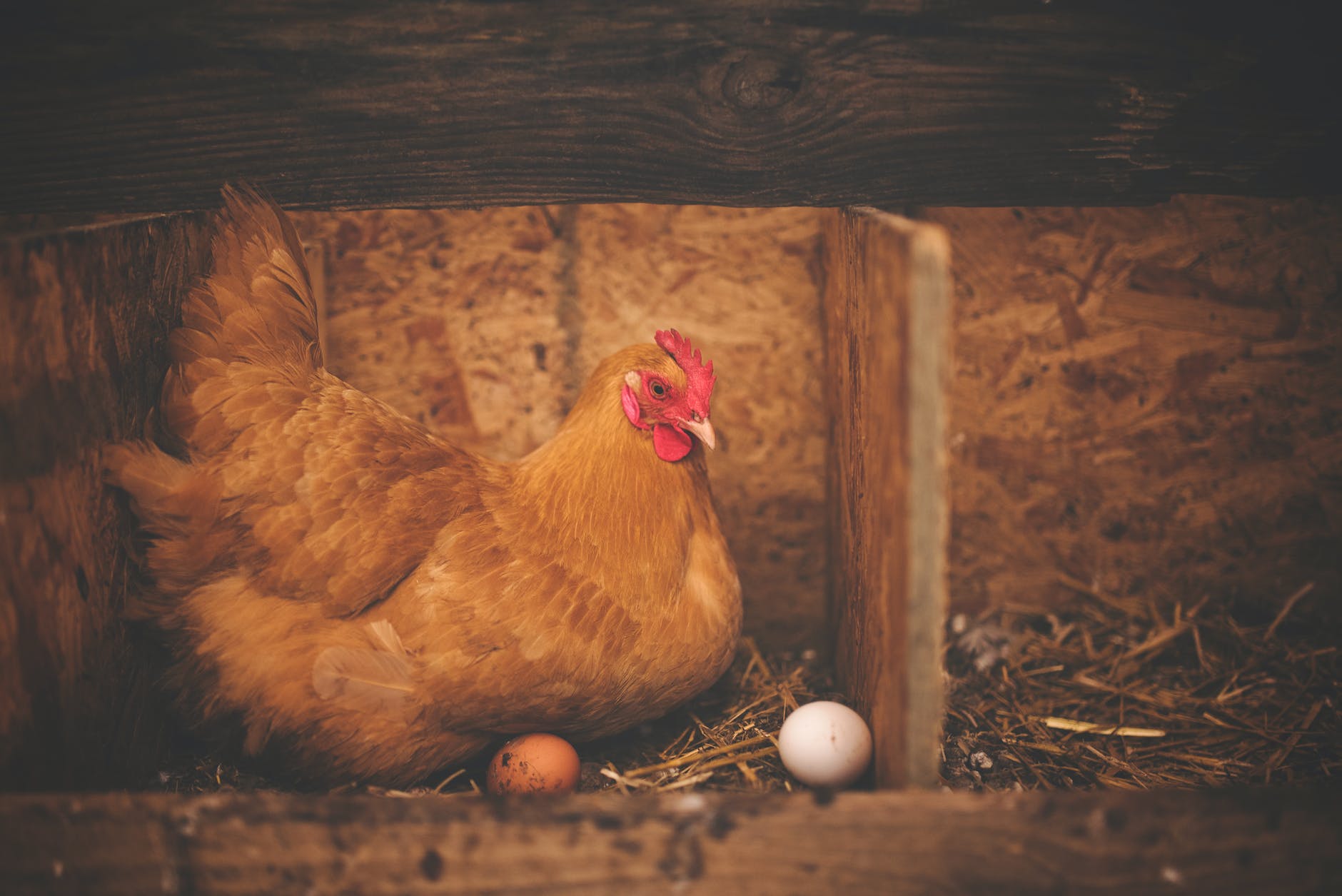
Are you tired of buying expensive and tasteless eggs from the grocery store? Why not raise your own chickens and enjoy the freshest eggs right from your backyard? Raising chickens is not only fun, but it’s also a great way to reduce your carbon footprint and promote sustainability. Here are some egg-citing tips on how to raise your own chickens for eggs.
First, you’ll need to choose the right breed of chicken. Some breeds, such as Rhode Island Reds, Plymouth Rocks, and Leghorns, are great egg layers and can produce up to 300 eggs per year. Once you’ve chosen your chickens, you’ll need to provide them with a comfortable and secure coop to protect them from predators and the elements. You’ll also need to make sure they have access to clean water and a balanced diet.
Feeding your chickens is an important aspect of raising them for eggs. They require a diet high in protein and calcium, which can be found in chicken feed and supplements like crushed oyster shells. You can also supplement their diet with fresh fruits and vegetables, which not only provide essential nutrients but also help reduce feed costs.
Caring for your chickens is not only important for their health but also for egg production. Regularly cleaning their coop and keeping them free from parasites and diseases can help ensure that they produce healthy and delicious eggs. It’s also important to provide them with ample space to move around and access to fresh air and sunlight.
One of the best parts of raising chickens for eggs is collecting the eggs! Make sure to check the nesting boxes daily and collect the eggs promptly. Fresh eggs can last for up to two weeks in the refrigerator and taste much better than store-bought eggs.
In addition to providing delicious and nutritious eggs, raising chickens can also be a fun and educational experience for the whole family. Kids can learn about responsibility, animal husbandry, and the benefits of sustainable living.
In conclusion, raising chickens for eggs can be a fun and rewarding experience that provides fresh, delicious eggs and promotes sustainability. With the right breed, diet, and care, you can have your very own backyard flock of egg-laying chickens in no time! So go ahead and give it a cluck – you won’t regret it!
How many eggs does a chicken lay a day?
On average, a chicken will lay one egg per day. However, the frequency of egg-laying can vary based on several factors such as breed, age, diet, and environment. Some breeds, such as Leghorns, are known for laying more eggs than others, while older hens may lay fewer eggs than younger hens. Additionally, stress or changes in environment can temporarily decrease egg production.
What are the 3 types of chicken?
There are many different breeds of chickens, but they can generally be categorized into three types based on their primary use:
- Egg-laying breeds: These breeds are raised primarily for their egg-laying ability. They tend to be smaller in size and have a lighter body weight. Examples of egg-laying breeds include Leghorns, Rhode Island Reds, and Plymouth Rocks.
- Meat breeds: These breeds are raised primarily for their meat. They tend to be larger in size and have a heavier body weight. Examples of meat breeds include Cornish Cross and Broilers.
- Dual-purpose breeds: These breeds are raised for both meat and egg production. They tend to be larger than egg-laying breeds but smaller than meat breeds. Examples of dual-purpose breeds include Barred Plymouth Rocks, Sussex, and Wyandottes.
Do chickens need a rooster to lay eggs?
No, chickens do not need a rooster to lay eggs. Hens will lay eggs regardless of whether or not a rooster is present. However, if a rooster is present, the eggs may be fertilized, which means that they can potentially hatch into chicks if they are incubated. If you do not want fertilized eggs, you can simply keep hens without a rooster.
Are chickens easy to keep?
Chickens can be relatively easy to keep with the right knowledge and preparation. They require some basic needs such as shelter, food, and water, and regular care and maintenance.
Providing a safe and secure coop or housing for the chickens is essential to protect them from predators and the elements. The coop should be large enough to provide ample space for the chickens to move around and lay eggs comfortably, and it should be well-ventilated to ensure proper airflow.
Chickens require a balanced diet with the right amount of protein, vitamins, and minerals. Commercial chicken feed is readily available and provides a complete diet for the chickens. You can supplement their diet with fresh fruits, vegetables, and grains.
Regular care and maintenance involve checking for signs of illness or injury, cleaning and maintaining the coop and nesting boxes, and collecting eggs regularly. It’s also important to maintain proper hygiene and cleanliness to prevent the spread of disease.
Overall, chickens can be relatively easy to keep as long as their basic needs are met, and they receive proper care and attention. However, it’s important to research and understand the specific needs of the breed of chicken you plan to keep, as different breeds may have different requirements.
What chicken lays blue eggs?
The chicken breed that lays blue eggs is called the Araucana, or its derivative breed, the Ameraucana. These chickens are known for their unique blue-green colored eggs, which are caused by a pigment called oocyanin that is deposited on the eggshell during formation. The Araucana breed is originally from South America, while the Ameraucana breed was developed in the United States in the 1970s as a breed that would lay blue eggs but without some of the health issues that the Araucana breed can have.
What chickens lay 300 eggs a year?
There are several chicken breeds that are known for their high egg-laying capacity and can lay around 300 eggs per year or more. Here are some of the most popular breeds that are known for their egg-laying abilities:
- Leghorns: This breed is known for its high egg production, with some hens laying up to 300 eggs per year. Leghorns are a light-weight breed with white feathers and are often used in commercial egg production.
- Rhode Island Reds: These chickens are known for their hardiness and adaptability, and can lay up to 300 brown eggs per year. They are a dual-purpose breed, meaning they can be raised for both meat and eggs.
- Plymouth Rocks: This breed is also a dual-purpose breed and can lay up to 280 brown eggs per year. Plymouth Rocks are known for their calm temperament and hardiness.
- Sussex: This breed is known for its excellent egg-laying abilities and can lay up to 280 eggs per year. Sussex chickens are also known for their docile nature and good temperament.
It’s important to note that egg production can vary based on several factors, including age, diet, environment, and genetics, so not all hens of the same breed will necessarily lay the same number of eggs.


